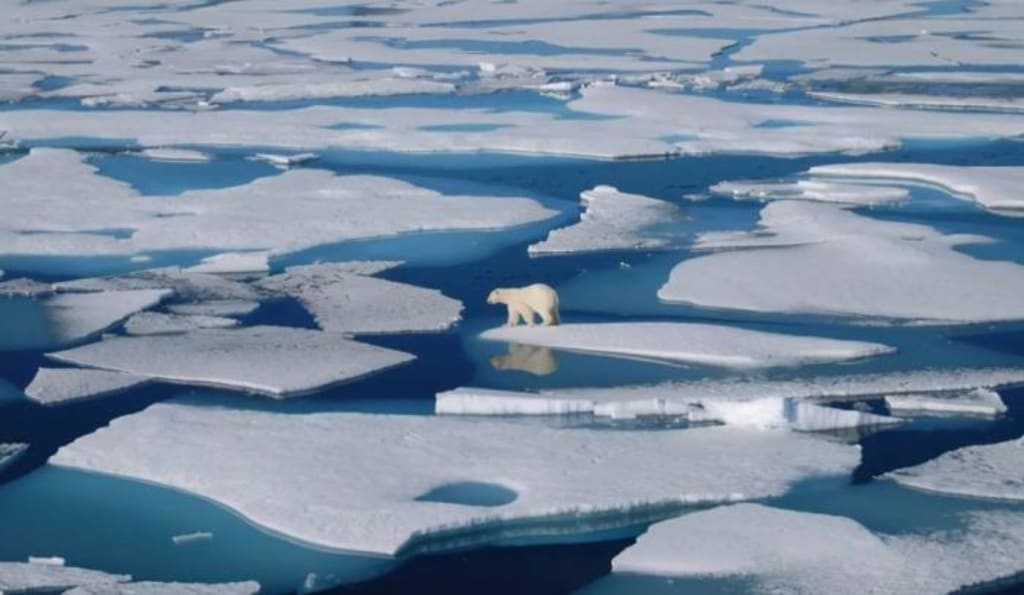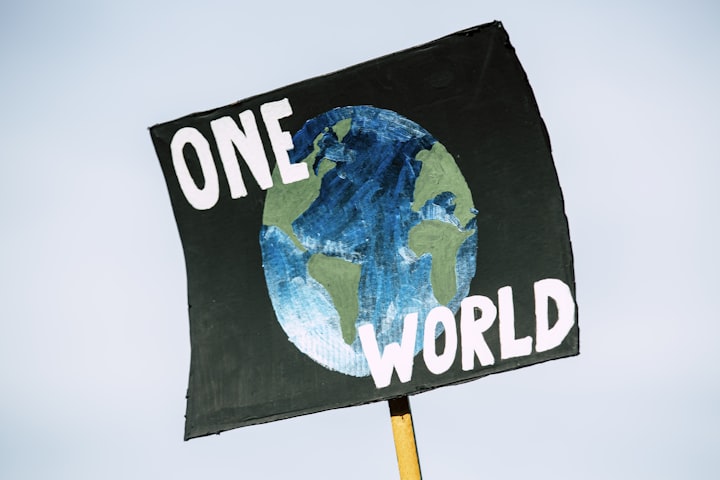Earth cooling or warming? Desert tropical climate of Saudi Arabia snow after snow, the Little Ice Age is here?
Saudi Arabia, with its tropical desert climate, receives back-to-back snowfalls

Desert snowfall, extreme climate
Saudi Arabia has a predominantly desert tropical climate and the country is largely desert. Due to the hot temperatures and dry climate, the average annual precipitation in places like this climate is very little, and there may not be as many rainy days as there are holidays each year.
So, for the Saudis, rainy weather is tantamount to a holiday, but it is this desert with very little rainfall. In recent years, it has snowed a lot.
Since this kind of weather is very rare for the Saudis and is a natural wonder, many Saudi tycoons have been driving specifically to snowfields to enjoy the snow, causing traffic jams due to the crowds.
At the beginning of last year, many places in the south of China had a wide range of cooling, and some places also had a rare snowfall, which opened the eyes of many people who have not seen snow, the temperature in many places in the north is the lowest 50 to 60 degrees.
So in this context, is the earth getting colder or warmer?
If it is warming, then why is it that many places where the weather was hot are experiencing extreme weather and starting to snow? If the world is cooling, why are the glaciers in the Antarctic and Arctic melting?
Global warming is closely related to population.
The world now knows that the global climate is warming. This is supported not only by climate data from 1850 to the present but also by the annual precipitation where he lives and the extent to which water used to freeze to determine whether he is an average person.
Another important basis is the melting of ice sheets causing sea level rise. So much data supports the theoretical basis of global warming.
According to the information map of global warming, the change of its temperature is closely related to the productive life of human beings. From the information map, although the temperature increased slightly during the 100 years from 1850 to 1950, the increase was not very large.
However, in the 20 years from 1950 to 1970, as this period was a post-war recovery period, production life dropped slightly compared to the pre-World War II period, resulting in a slight drop in temperature.
But from 1970 onwards, the whole world was almost euphoric, with the post-World War II baby boomers growing into adulthood and a population boom. Since then, global temperatures have soared.
This is also evident in the population figures. In 1945, the year of World War II, the world population was only about 2.4 billion, and by 1970, it had grown to about 3.68 billion. In those 25 years, the population grew by 1.5 times.
As these populations grow, when they become adults they will need more resources, which will increase carbon emissions. In the mainstream of scientific knowledge, greenhouse gases such as carbon dioxide are responsible for global warming.
Population growth will inevitably increase carbon emissions, which will indirectly lead to global warming, which will enter an infinite cycle. To survive, human beings will have to increase carbon emissions, which will lead to global warming and make the living environment worse for human beings. How to balance these two points is now a global topic, and trying clean energy is a better way for mankind to see at the moment.
Some scientists believe this is a precursor to a small glacier.
Although the prevailing view in the scientific community now is that global warming is an undeniable fact, there are still skeptical voices in the scientific community.
According to the number of papers on global climate each year, 3% of scientists are skeptical of global warming because, in their opinion, humans are too sensitive to global warming.
Global warming is a normal climate change for the planet. Throughout history, there have been many ice ages on Earth. After the ice ages have passed, the whole world will start to warm up. When global warming reaches a certain level, there will be cold weather again and another ice age will occur.
In other words, global warming, like ice ages, is a cyclical change of the earth in which humans play a negligible role, and this change is mainly related to sunspots.
The result of changes within the Sun is that less energy is radiated to the Earth, leading to a decrease in the Earth's temperature. The last time this change occurred was at the end of the Ming Dynasty, as temperatures dropped into the Little Ice Age, leading to a massive reduction in food production and causing northern peoples to migrate to the warmer south to survive. In the process, wars took place that eventually led to the fall of the Ming Dynasty.
These scientists are based on the frequent occurrence of climate extremes around the world in recent years. Many high latitudes have seen extremely low temperatures rare for decades, and in low latitude desert areas, once-in-a-century snow has fallen in recent years, which in their opinion is a precursor to the Little Ice Age, all related to sunspot changes.
Conclusion:
Currently, most scientists around the world still agree with the theory of global warming. After all, there is not only a lot of data to support it, but also many examples to verify it. The most important of them is the sea level rise, which is indisputable, and the main reason for the sea level rise is the melting of glaciers.
The main cause of glacial melting is global warming and rising temperatures. In the past two hundred years, global temperatures have risen by nearly 2°C, and scientists predict that global temperatures will continue to rise in the next 100 years. By then, many coastal areas will be swallowed by seawater, and countries such as the Maldives will be swallowed by seawater when the sea level rises.
Therefore, it is everyone's responsibility to protect the earth's environment and reduce carbon emissions. If you can walk, you don't ride a bike. If you can ride a bike, you don't drive.
About the Creator
Carlo Phil
Science and art are two sides of a coin






Comments
There are no comments for this story
Be the first to respond and start the conversation.